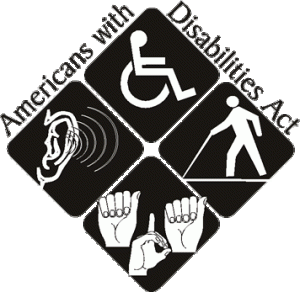If the pests are carried into a hotel, the company is prepared to bake them to death at 130 degrees or higher for two hours, a time and temperature that is overkill. Bedbugs die

State inspectors have the authority to shut down an establishment that poses an "imminent health hazard" involving fire, flood, sewage backup, rodent infestation, bed bug infestation or "any other condition that could endanger the health and safety of guests, employees and the general public."
after 20 minutes at 113 degrees, Dunkelberger said.
“… the company places heaters, fans and an air scrubber in the hotel room to warm the air, circulate it and eliminate impurities. Probes are used to determine the temperature in at least six areas of the room — under the carpet, between the mattresses and inside the credenza — until it reaches at least 130 degrees. Then, the room bakes for two hours.”
ISIS Hospitality, a local leader in the hotel industry, has found a new method for exterminating bedbugs: heat. The pests cannot stand it, which is why ISIS Hospitality is baking rooms in its six hotels to eliminate them.
Bedbugs are a persistent problem that plague everyone in the hospitality industry, and they did not skip over any hotel in the Black Hills, said Rich Dunkelberger, chief executive officer of ISIS Hospitality.
“Bedbugs don’t discriminate. They like Ritz-Carltons as much as they like Motel 6s,†said Dunkelberger, whose company started using the new method about two weeks ago. “We’re excited about this because we found something we know works and we’re doing it now.â€
The company manages The Hotel Alex Johnson, AmericInn Lodge & Suites, Country Inn & Suites, Fairfield Inn & Suites and LaQuinta Inn & Suites in Rapid City, and Cadillac Jack’s Gaming Resort in Deadwood.
“We have no active infestations in any of our six motels,†Dunkelberger said.
If the pests are carried into a hotel, the company is prepared to bake them to death at 130 degrees or higher for two hours, a time and temperature that is overkill. Bedbugs die after 20 minutes at 113 degrees, Dunkelberger said.
Using the ThermaPure method, the company places heaters, fans and an air scrubber in the hotel room to warm the air, circulate it and eliminate impurities. Probes are used to determine the temperature in at least six areas of the room — under the carpet, between the mattresses and inside the credenza — until it reaches at least
130 degrees. Then, the room bakes for two hours.
“It turns into a super-heated convection oven,†said Bob Almond, director of maintenance for ISIS Hospitality. Almond attended a weeklong training session to learn the method.
Although it is beyond the kill stage temperature, the company keeps the room around 130 to 140 degrees to ensure the demise of the pests; higher temperatures cause damage to items in the room.
Almond and the maintenance crew are heating all rooms that were previously treated by other extermination methods in the past three years to ensure all bugs and eggs are dead, Dunkelberger said.
“Then, we can feel confident that we have sterile hotels,†Dunkelberger said.
The extermination method comes with a $70,000 price tag, which includes the equipment and the weeklong training course in California.
 management agreement, experience a change in ownership, or renew or extend a franchise agreement, to conduct a survey of its facilities and to certify that the hotel complies with the ADA…”
management agreement, experience a change in ownership, or renew or extend a franchise agreement, to conduct a survey of its facilities and to certify that the hotel complies with the ADA…”






